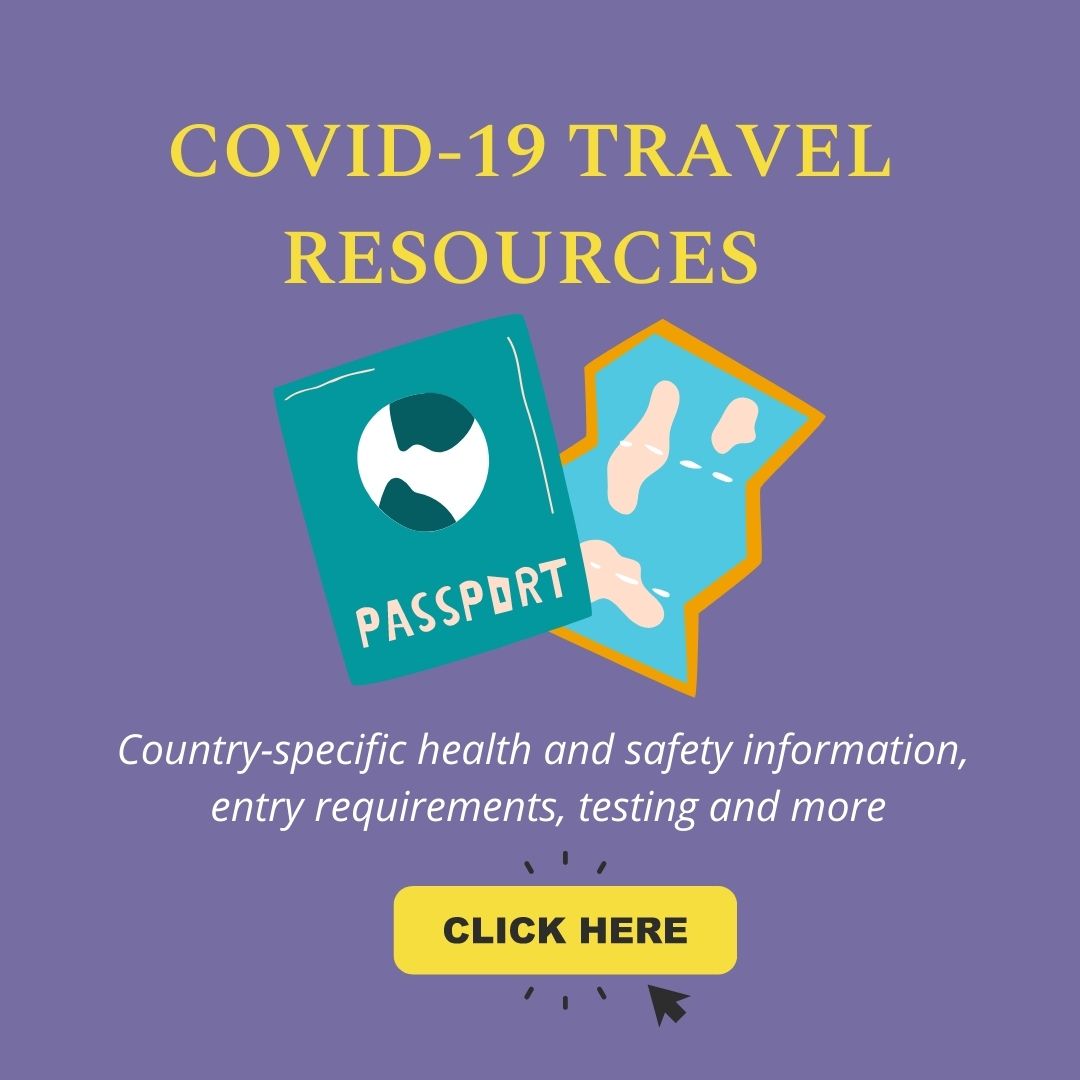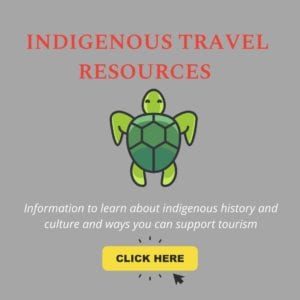Last updated on April 1st, 2024
TRAVEL WITH CONFIDENCE
Let’s Get TravelReady
What does a return to travel look like?
The COVID-19 pandemic will redefine how we travel and think about travel for years to come.
We’ve spent the past few months preparing for the future – with virtual sessions on planning, packing, insurance, animal tourism, downsizing — all geared to help us look ahead with confidence.
In this section, you’ll find a wealth of TravelReady resources to help you travel safely and well.
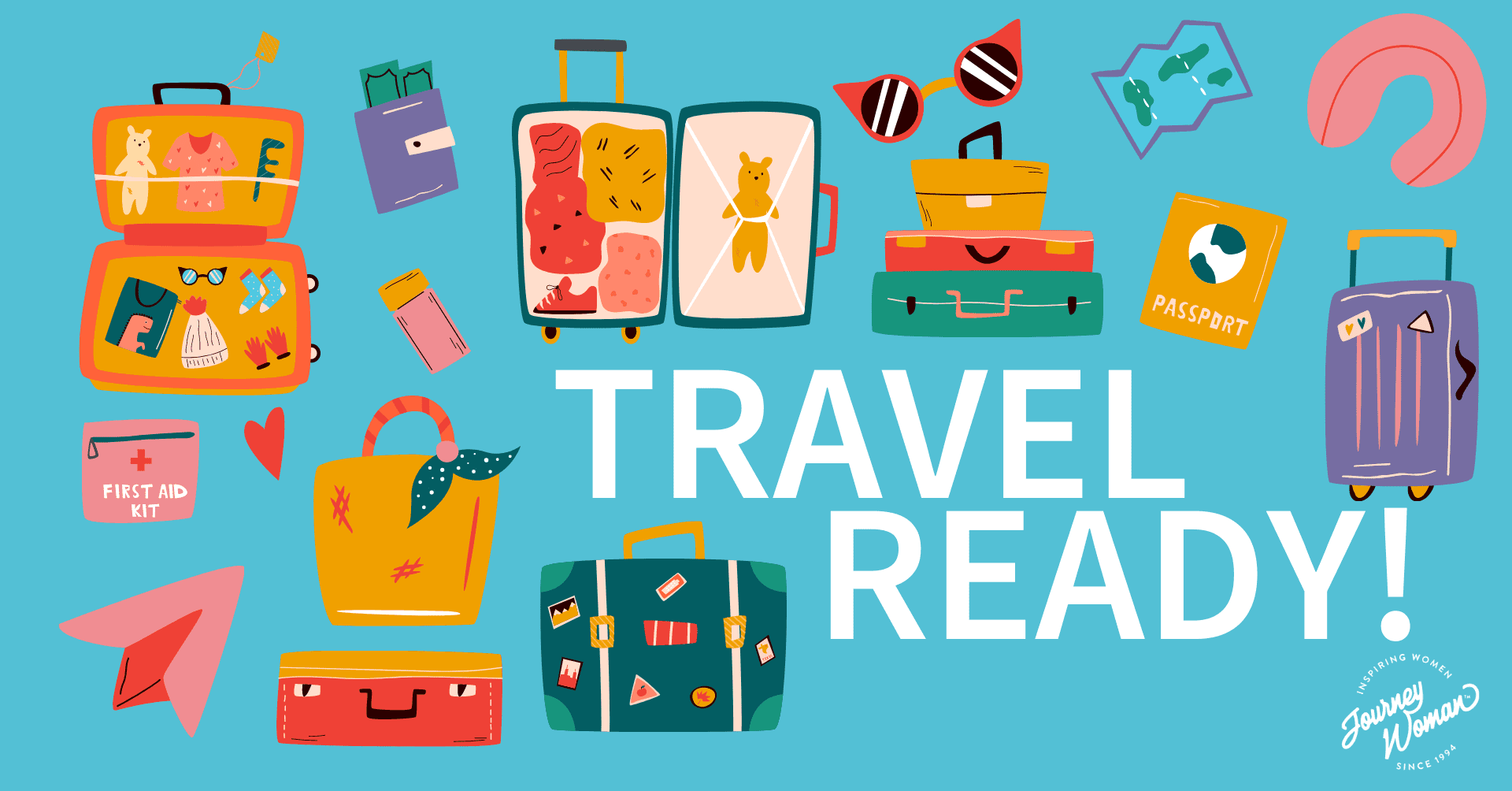
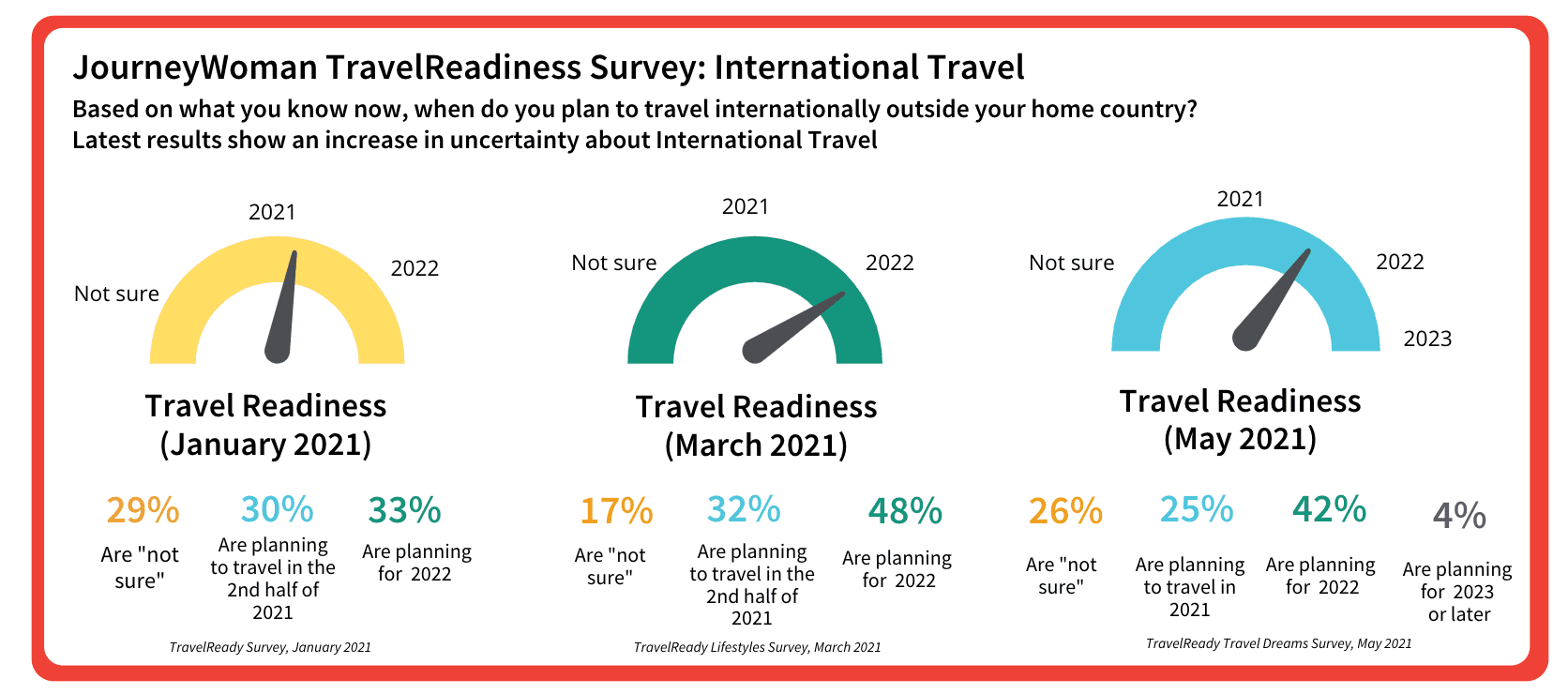
Women are the primary decision-makers in travel
Women make 80 to 85 percent of travel decisions and comprise two-thirds of all travellers. Our impact is significant – and it goes well beyond our role as travel consumers.
According to the most recent Global Report on Women in Tourism, published by the UN World Tourism Organization (UNWTO) in November 2019, 54 per cent of people employed globally in tourism are women. Tourism also affects the lives of women living in tourism destinations, empowering women as we work toward gender equality. Tourism contributes to the UN’s Sustainable Development Goal Number 5: “To achieve gender equality and empower all women and girls.
What countries need tourism most?
According to Travel Pulse, which used the World Bank’s TCdata360 database for 2020, the most tourism-dependent countries are:
1. The Maldives (75.1% of total Gross Domestic Product (GDP) and 36.7% of all jobs)
2. Seychelles (64.2% of GDP and 63.7% of all jobs)
3. Antigua and Barbuda (52.4% of total GDP and 46.2% of all jobs)
4. The Bahamas (48.3% of total GDP and 56.2% of all jobs)
5. Vanuatu (45.9% of total GDP and 39.2% of all jobs)
Choosing where to go
Deciding where to travel isn’t as easy as it used to be. There are many considerations that will influence our decisions, including vaccination rates in the country we want to visit, travel regulations, entry requirements, testing and more. Please consult our updated COVID-19 Travel Resources page before you book travel.
A shift to more conscious travel
As we look towards the future of travel, wanderers the world over will be looking to do it differently. We have an opportunity to recast many practices that were damaging to the earth, its creatures, and communities. We also have an opportunity to recast where, how, and why we travel.
The ongoing shift towards more conscious travel will naturally push more travellers to embrace the benefits of Slow Travel, as reinforced by our recent Travel Lifestyles Survey.
We also encourage women to support Indigenous tourism – first by learning about indigenous history and culture and then by choosing Indigenous experiences when you travel. Please visit our Indigenous Resources Center and our Women’s Travel Directory to find Indigenous Tours.
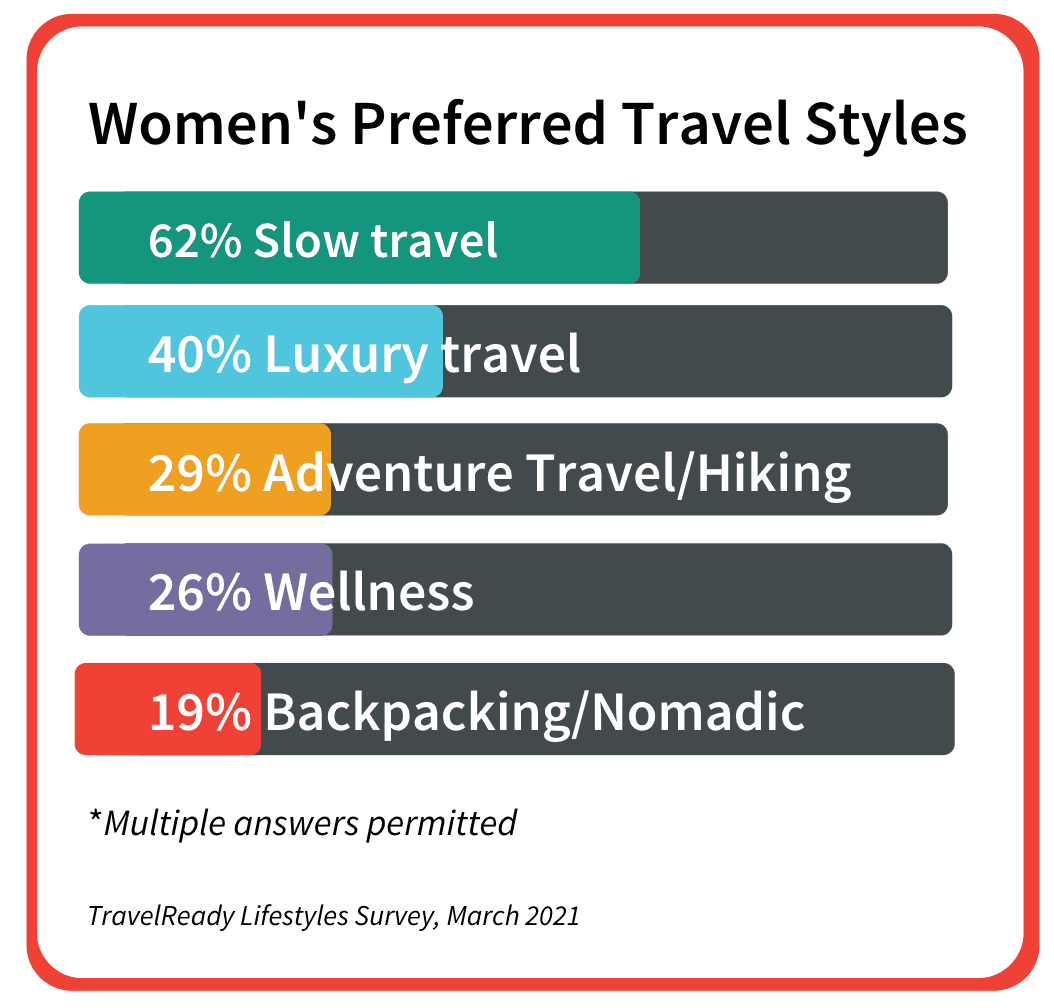
Safety includes cleanliness and hygiene
Women are re-evaluating the entire journey from start to finish with an eye for cleanliness and hygiene. This includes transportation (airlines, taxis, buses), where we stay (accommodation), and everywhere in between.
Recommendations from women we know will become more important when making decisions.
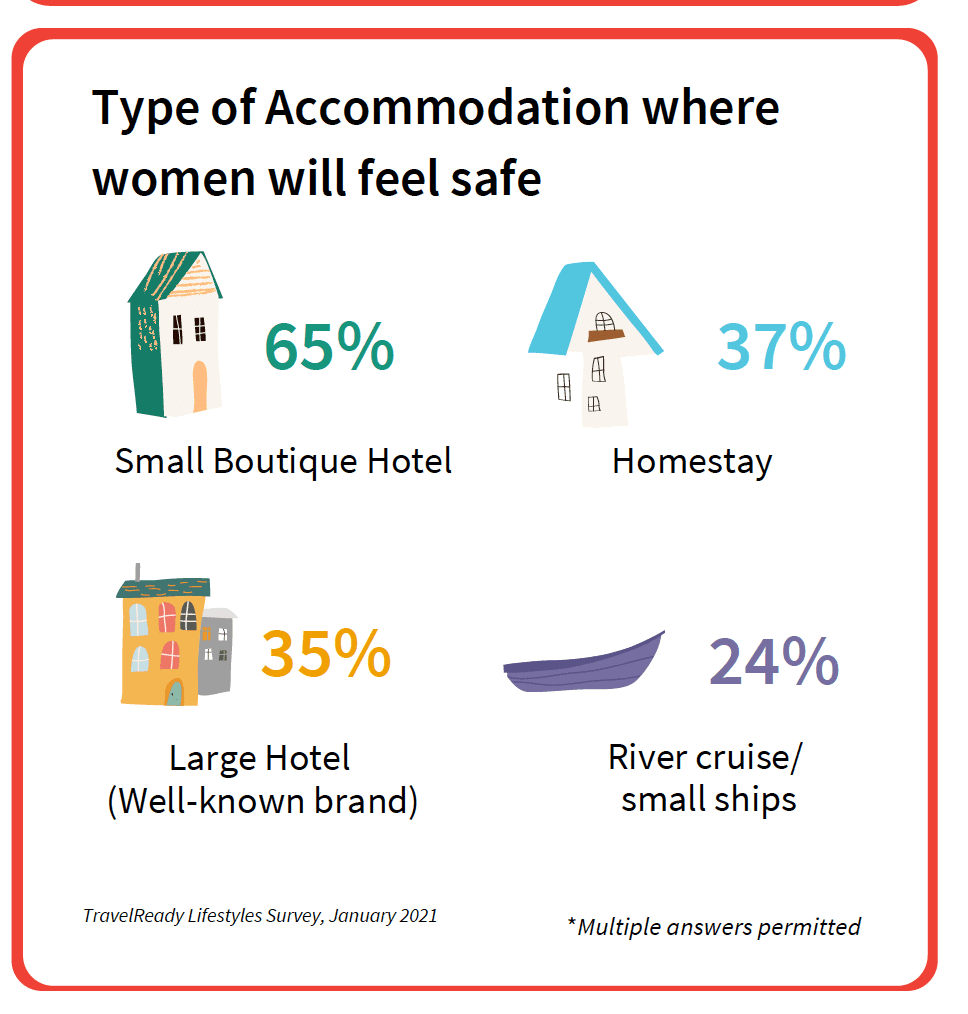
Tips for Choosing a Homestay
Female-Friendly Accommodations: from Housesitting to Hospitality Exchanges
Hotel Safety Tips
Travel will be more expensive
All indications are that travel is going to be more expensive than it was before. Airlines are cutting capacity which is going to mean higher costs for us. We also know from our global Risk and Reward Survey last summer that those who can afford it will pay more to feel safe – that might mean traveling in business class or choosing a higher-end group tour than in the past.
Travel Insurance: Questions to Ask
TIP: You need to know your trip, you need to know your policy, and you need to know your health.
“Insurance is meant to cover unexpected accidents and illnesses. It’s not meant to cover something that you know is going to happen or that you think may happen.” – Nancy Maderios, TuGo Insurance
1. Duration and frequency: How long are you travelling for? Are you travelling multiple times in a year? Because that would determine whether or not you should just do a single trip or an annual trip type of policy.
2. What are you going to do on your trip? Are you planning on doing any high-risk activities, things like mountain climbing, or scuba diving, or sky diving? Look in Exclusions for a list of high-risk activities. Things like bungee jumping, scuba diving, mountain climbing, even in some cases zip-lining, are not something that’s typically covered under a travel insurance policy. You want to look for a travel insurance company that maybe will offer a rider that you can add to your policy that will cover you when you’re doing those types of activities. A lot of times it might be a specialty insurance provider.
3. Understanding Terminology:
- Cancel for any reason (CFAR): You don’t get all of your money back. Depending on where you purchase from some places will offer 50% back, some places will offer 75%, and you usually have to cancel within a timeframe before your departure date. But that’s a great option for people.
- A pre-existing condition is any existing medical or dental condition that you have before you depart for your trip, OK. So what you need to look at is you need to look at what the stability requirements are with the insurance that you’re going for. The stability period means that there has been no change in your medical condition (which can vary from 90 days or more).
- Deductibles are typically paid per event or claim, so if you have multiple claims and you have a high deductible you’re going to have to pay that deductible for every claim.
4. Credit card coverage: How many days do you have coverage for? What’s the coverage amount? Do they cover pre-existing conditions? Will they cover your family members if they’re travelling with you? Do you have to pay for the trip with that credit card in order to have coverage? If something happens to you while you’re away do you know who to call to get help? Does it cover car rentals?
5. Group Benefit plans: What is the coverage amount? What are the stability periods for existing medical conditions? Where do you call if you need help?
Source: Nancy Maderios, TuGo Insurance, Travel Essentials Webinar, January 2021
Tips on Insurance & Financial Planning from Experts
JourneyWomen Never Leave Home Without Travel Insurance
Recommended Travel Insurance:
- InsureMyTrip: compare insurance policies from a variety of providers
- Safety Wing: Provides long-term nomad insurance on a monthly basis
- TuGo: Trusted travel insurance for Canadians
- Ratesdotca: compares approximately 11 insurance providers in Canada including Manulife, CAA and TuGo.
- World Nomads: offers coverage for 66 and under
What travel insurance would you recommend? Let us know!
Financial Planning: Advice from Libby Wildman, JourneyWoman Advisory Council
How to save money for travel
Libby Wildman, our financial services expert on our JW Advisory Council, suggests some ways to start saving now. You can also watch our Travel Essentials webinar on financial planning with Libby from January 2021.
1. When you get your tax return this April/May, set it aside for your next trip.
2. Set up a no-cost bank account ( some banks will even give you $200-$300 to open a new account – worth the research time) that you use only to save for travel, and make a monthly contribution that you can afford every month.
3. Instead of gifts on your birthday, ask family and friends to contribute to your travel fund.
4. Check with your airline – many are now offering refunds, not just vouchers.
5. When renting a homestay, don’t accept the price listed on websites, particularly if it’s low season. Offer half price and see what you can negotiate.
6. Use your credit card points to pay for your credit card-eligible expenses and put that amount of money into your travel fund account.
Do you have more questions for Libby? Email her at [email protected].
8 Simple Rules to Financially Safeguard Your Travel Plans
Safety starts with the right mindset
While women have taken great steps forward in travel, representing two-thirds of all travellers, we are still having to confront the issue of personal safety when we travel. Safety starts well before you leave on a trip, in fact, for most women it’s an integral part of the planning process.
The pandemic has made women’s safety even more important
“As a woman, being able to move about freely all over the world without having to worry about personal safety, is my definition of safety in the context of future travel.”
We must commit to ourselves to honour those moments when we don’t feel safe and actively take steps to protect ourselves. To do that, we need a plan, and we need practice. A safety mindset is a start, but by learning self-defense skills we can be empowered to take control of any situation and move into a position of control.
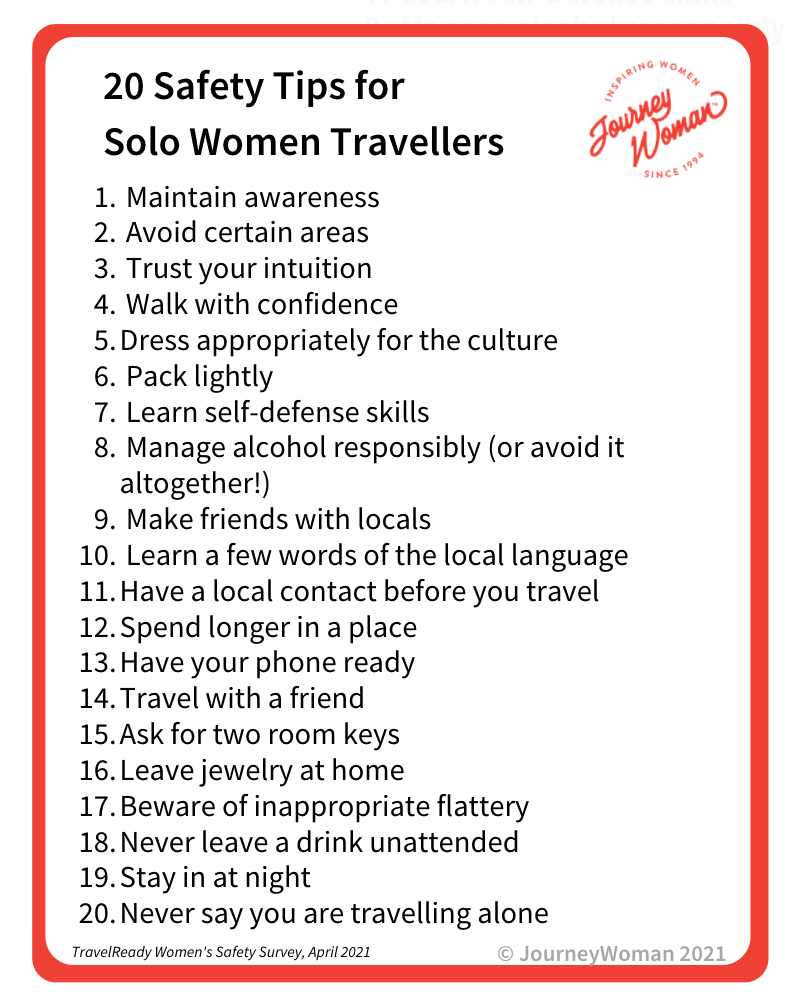
Women, Take Charge of Your Own Safety
RV and Road Trip Safety
We prefer solo, but but traveling with a friend or partner is good too!
While solo travel is our preferred way to travel, there are trong indications that women will travel with a partner or friends, or take a group tour. This opens up opportunities for home-sharing or even creating custom trips with friends and family.
Many solo travelers find themselves in the position of wanting to travel but are unable or unwilling to pay the single supplement. Contributing writer Diana Eden has penned several articles on finding a travel partner, including: Newly Widowed? Tips for Finding the Perfect Travel Partner and Five Tips to Find the Perfect Travel Partnr.
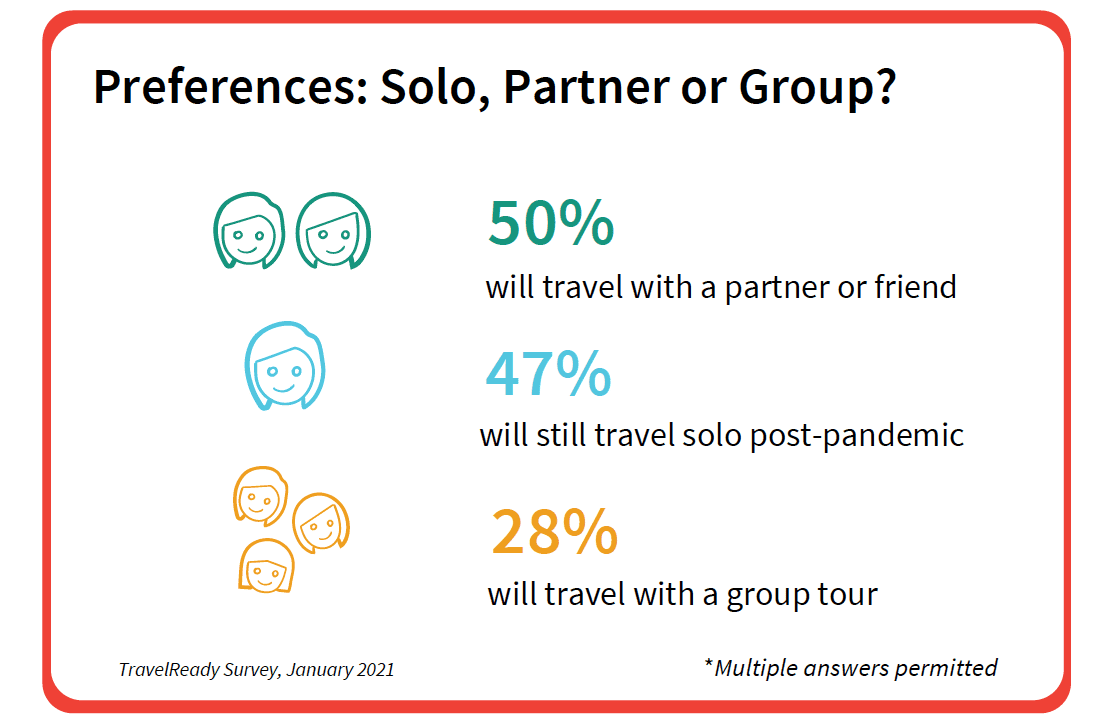
Packing Prowess
Whatever our pre-pandemic level of packing prowess – overpacker, underpacker or expert – the world has changed for all travellers. We’re not only going to be travelling differently, we’re going to be planning and packing for it in ways we may not have previously. We need to up our game.
Post-Pandemic Packing Tips
Road Trip Packing Tips
Packing 101
Sleep Tips from Shawna Robins, Health and Wellness Expert
Let’s face it: Women the world over are sleep-deprived. We’re overworked. Overstressed. Some of us make unhealthy food choices, particularly after a restless night. We’re on our screens far too often. And it’s impacting more than our sleep quality, energy, focus, careers and family life. According to research from Columbia University Irving Medical Center, it’s having a longer-term impact on our health.
Injury Prevention Tips from Expert Dr. Nekessa Remy, DC RAc
We put so much time and effort into our travel planning, but we often overlook the important process of preparing our bodies for more activity than they are used to. With a few modifications to our daily routines, we can spend this time on the ground limbering up for that next flight.
“One thing I will often tell my patients while they are travelling is before getting out of bed in the morning, take five minutes to prepare your body for the activities ahead. Travelling involves a lot of walking, and you’re up for long periods of time. You need to prepare your body for that. So why not get into the habit of doing it now?” says Dr. Remy. “Before you get up and even brush your teeth, take time to lie in your bed. Pull your knees up to your chest one at a time. You can do little circles or trace the alphabet with your ankles to get your feet warmed up, because that’s the other issue I see a lot with women when they’re travelling – foot and ankle injuries.”
Sleep and Wellness
Stress Management on the Road
Limbering Up for Solo Travel
We can’t travel the way we have in the past
National Geographic reported in 2015 that wildlife attractions account for between 20 and 40% of all tourism worldwide, with 3-6 million people visiting these sites annually. Around half of those tourists are visiting sites where animals are not well treated, and it’s been documented that tourists don’t always notice or recognize maltreatment.
Animal-based tourism (ABT) experiences are plenty, and exist all over the globe, which means that cultural, religious, and symbolic meanings of animals within tourism can be complex and nuanced.
As we begin to understand more about animals and their individual lives, we learn more about their cognitive abilities, the types of emotions they experience, and the importance of their social lives. And as the news about the devastating impacts of climate change seems to be accelerating, we also know that we can’t travel the way we have in the past. Volunteer tourism, ethical travel, and transformational travel are all forms of tourism that strive to give back to the destinations we visit and minimize the harm we leave in our wake.
The Old Way and the New Way

Making good decisions about ethical wildlife experiences
Reshaping the Bucket List to Include Ethical Animal Experiences
Six Places to Experience Wildlife
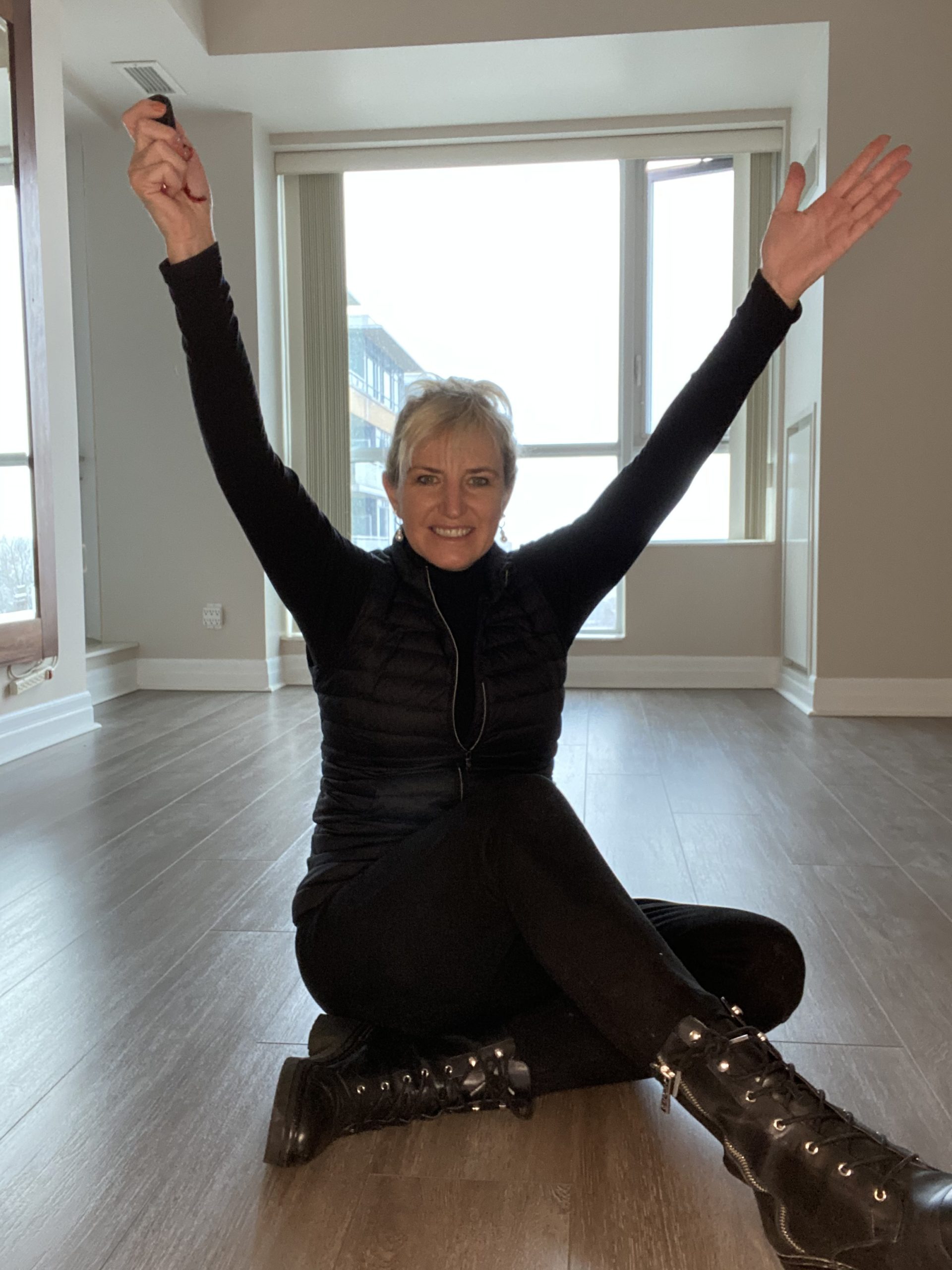
Finding Freedom: Downsizing for Future Travel
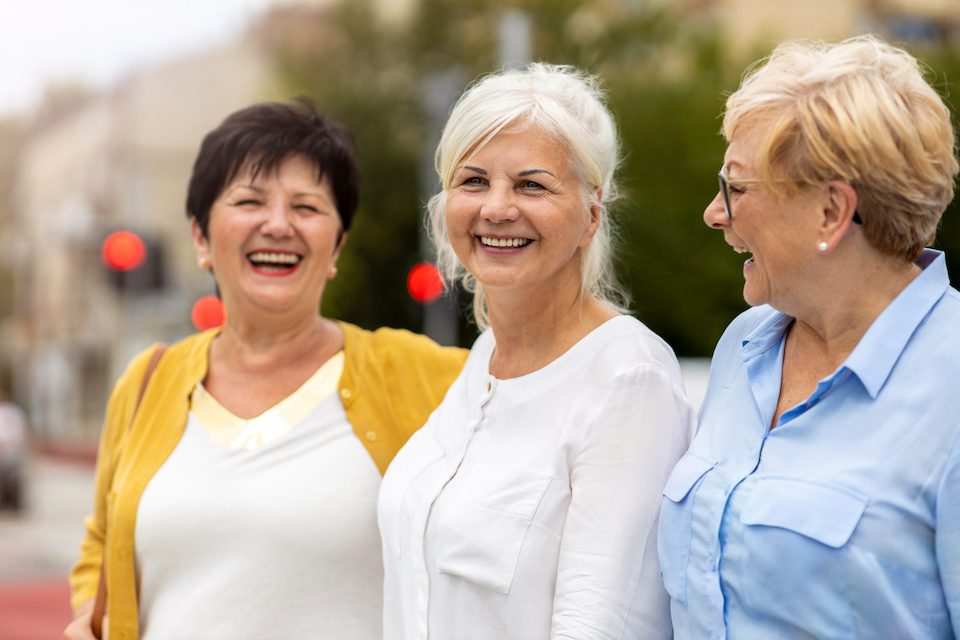
Designing Your Future Travel Lifestyle

Planning a Life of Full-Time Travel
Get JourneyWoman in Your Inbox!
Subscribe and receive our FREE magazine, packed with award-winning editorial, solo travel tips, virtual events and more!
We’ve partnered with TreeSisters.org and donate a tree to every new subscriber. By joining you are helping to reforest the Earth. Thank you!

